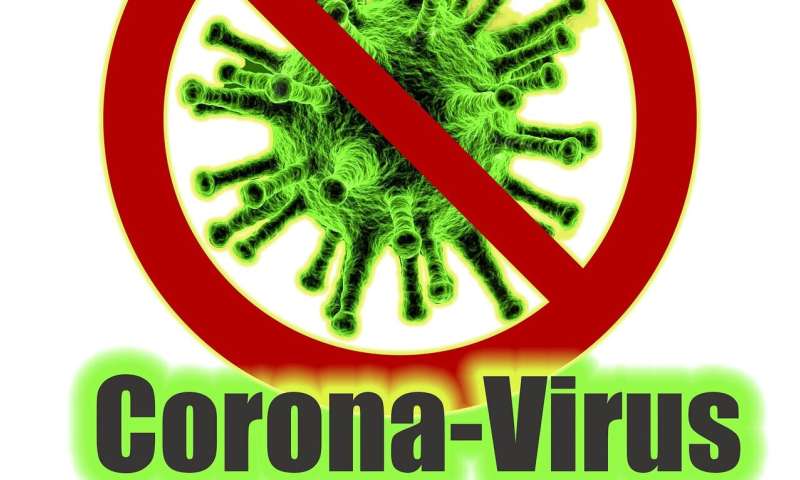Israel eases some Coronavirus restrictions


Israel on Saturday approved some easing to its tight coronavirus restrictions while pointedly avoiding announcing the first stage of an exit from lockdown.
In a televised address, Prime Minister Benjamin Netanyahu outlined “a responsible and gradual” plan which would allow the return of some workers to offices and industry.
He also promised to reopen some high street shops and allow a return to school for children with special educational needs, in groups of up to three.
The measures are to take effect from Sunday, the first day of the Israeli week.
Israel, which has a population of around nine million, confirmed its first Coronavirus patient on February 21.
By Saturday it had registered 13,107 cases of the illness, with 158 fatalities.
It said that more than 3,000 patients had recovered and been discharged from hospital.
The past few days have seen a slowdown in new confirmed cases.
Netanyahu warned that if infection rates started climbing again there would be a fresh clampdown.
“If we see that in two weeks’ time the improving trend continues, there will be further easing,” he said.
“If there should be an additional outbreak of Corona, we shall be obliged to backtrack.”
Finance Ministry Director General Shai Babad spoke in the same broadcast.
“It is important to stress that this is not the start of an exit strategy, we are not returning to normal,” he said.
Israel was an early and tough responder to the COVID 19 crisis.
In late February it started barring travellers arriving from virus hotspots, gradually extending restrictions to a near-total air travel ban.
Then came regulations barring Israelis from leaving their homes except to go to the supermarket, pharmacy or hospital.
As part of social distancing, places of worship of all faiths were closed and from April 12 wearing face masks in public became mandatory.
Netanyahu said that he was relaxing restrictions on public prayer, which would now be permitted for groups of up to 10 people, in the open air, standing at least two metres apart and wearing masks.
Source: Read Full Article